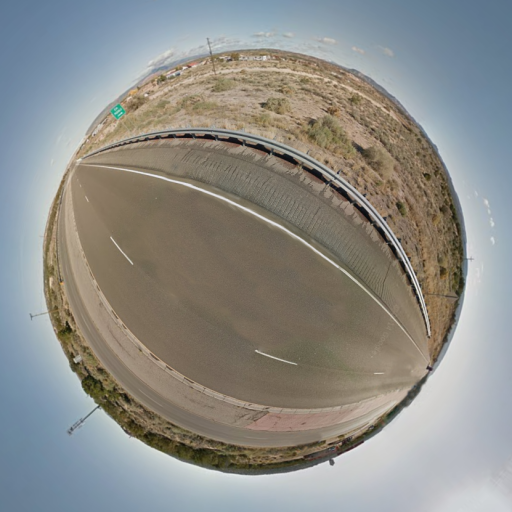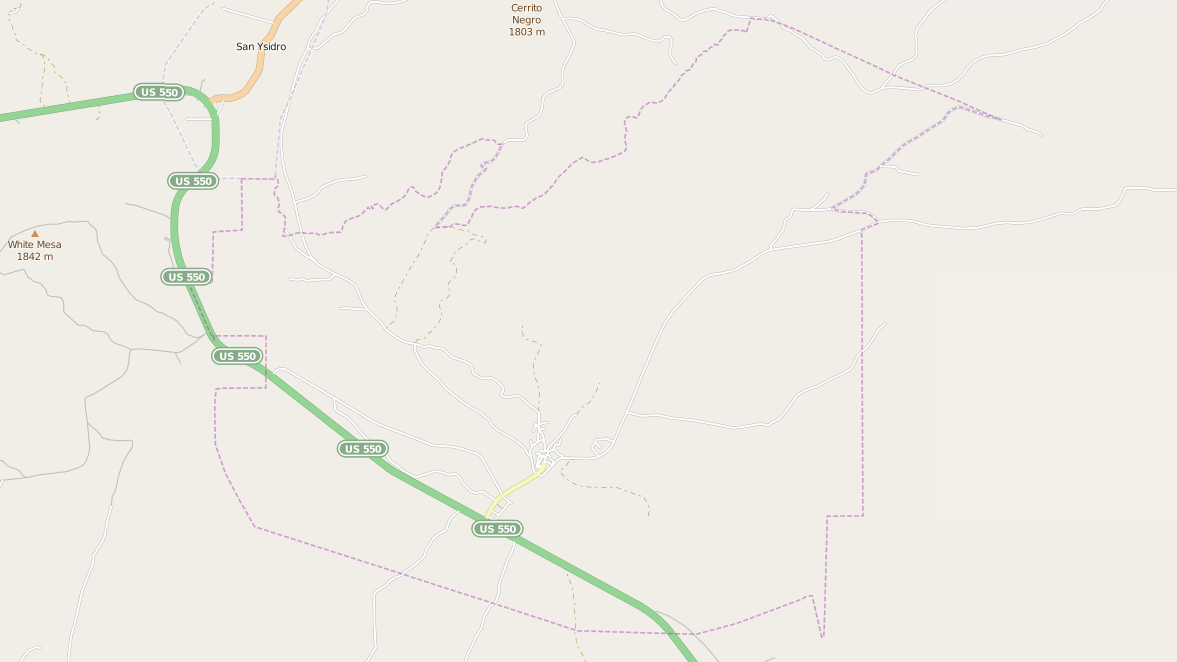Zía
geographic name | encyclopedia/culture
Pronounced: \zee-ah\
IPA: /ˈzi ɑ/
Definition of Zía

Zía. Part of the Pueblo modern culture, that now live in Zia Pueblo. The present Pueblo has a population of 737 as of the 2010 United States Census. It is located almost 20 miles northwest of Bernalillo and the Albuquerque Metropolitan Area.
The Zia Pueblo covers a total of 27.3 sq mi at about 5,470 feet above sea level. The terrain ranges from bunchgrass prairie, piñon-juniper woodland, to lake shore.
Examples of Zía
The Modern Zia people maintain their traditions and strong sense of identity; keeping and maintaining their traditions, especially their skills in the textile arts. Their pottery, primarily redware and polychrome, is known for its usage of solid black with brown hues.
Symbols of the Pueblo are the iconic bird motif on their pottery and, most obviously, the Zia sun symbol which is commonly associated with New Mexico. It is featured prominently on the New Mexico State Flag, with the official salute of the New Mexico State Flag being, “I salute the flag of the state of New Mexico, the Zia symbol of perfect friendship among united cultures.” It is one of the several crux symbols in human history, and much like the Ankh or Christian cross it represents the eternal cycle of life.
The main streets of Zia Pueblo are US 550 and Zia Boulevard. Zia Boulevard, leads to the flanking paths of Southern Farms, Borrego Canyon Road, Riverside Drive, and leads to the historic Zia Plaza. Historic landmarks include the plaza and its Mission Nuestra Señora de la Asunción. The Zia Reservoir lake, and a couple rivers flow through the Pueblo, including Rio Salado and Jemez River. The Zia Pueblo community is mostly agricultural in nature, but they maintain they’re unique identity and their mastery of traditional arts, especially pottery and painting. Each of New Mexico’s Pueblos has a Feast Day, which celebrates their heritage and their saint, the Zia celebrate Our Lady of Assumption on August 15.
Origin of Zía
Situated on the site of one of the five pueblos described as the Province of Punamé, by Antonio de Espejo in 1583. During the Pueblo Revolt the Zia suffered a massive loss of people and land, so they fled to the Jemez mountains. After the Spanish returned, in order to save the Zia from assimilating into the Jemez Pueblo, the Spanish government of New Mexico urged the Zia people to return to their homeland. This was largely due to increasing sentiment for the Pueblos to receive better representation in New Mexico’s reformed government, and so they could have access to the then new Tiguex Province trade routes associated with the founding of Albuquerque in 1706.
Alternate spellings exist; Tsi-ya.
First Known Use: 11th century.

